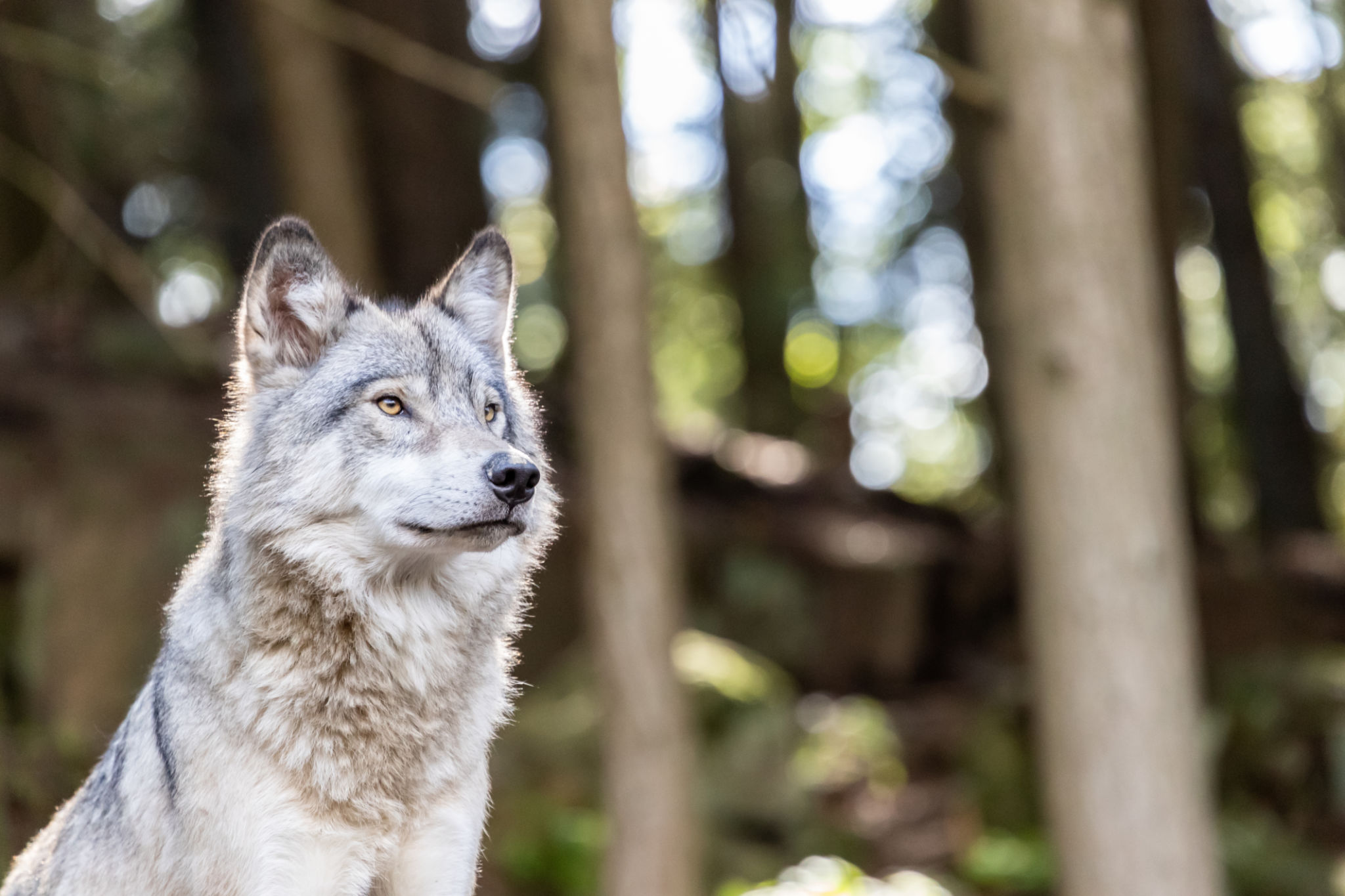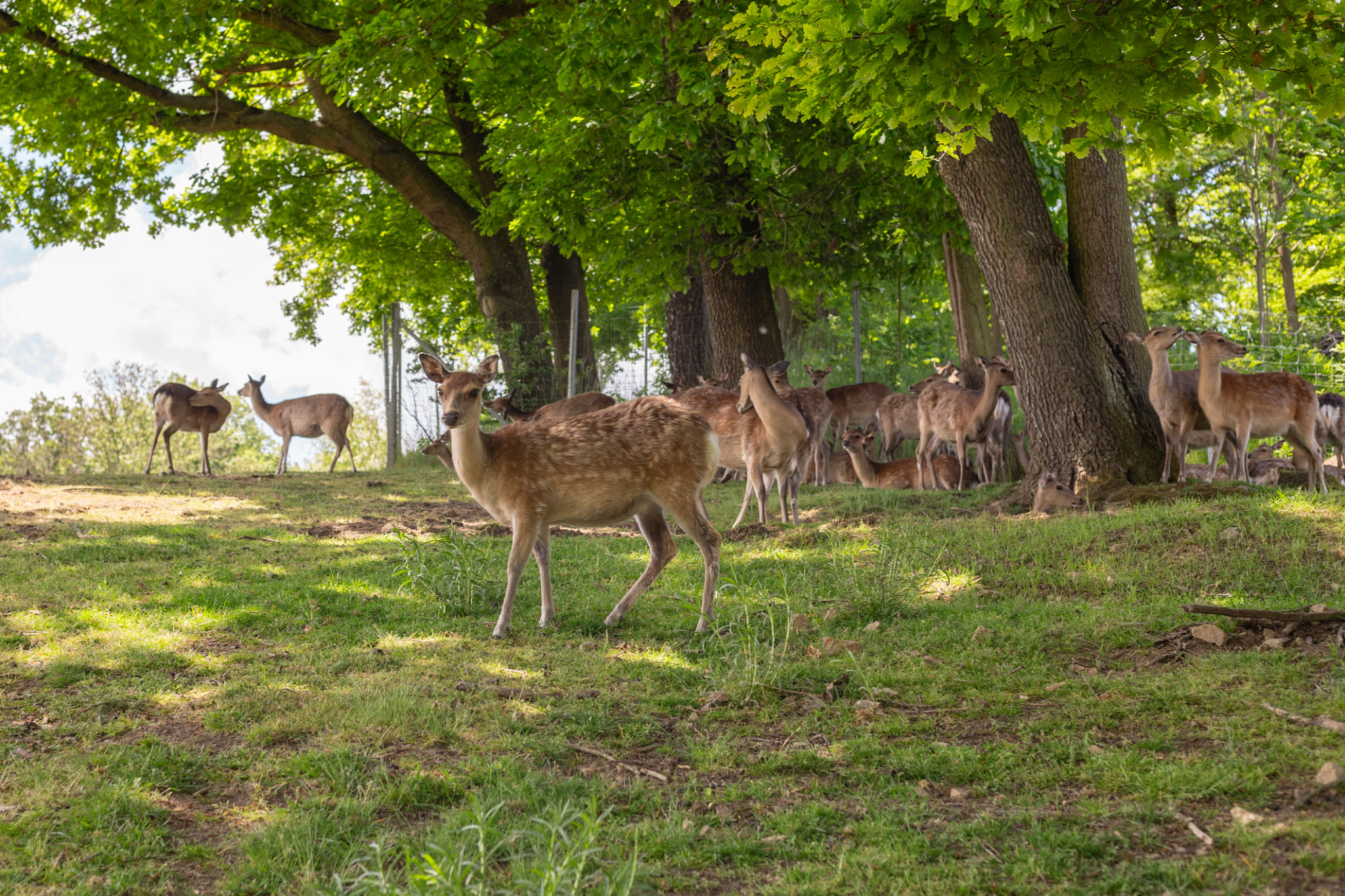Comprehensive Guide to Wildlife Management in Wildwood
Understanding Wildlife Management
Wildlife management is a crucial aspect of maintaining ecological balance in areas like Wildwood. It involves the stewardship of wildlife populations and habitats, ensuring that both thrive in a sustainable manner. The primary goal is to conserve species and their habitats while also accommodating human needs.
Effective wildlife management relies on scientific research and data collection. By studying animal behavior, population dynamics, and habitat conditions, experts can make informed decisions that support biodiversity.

Key Strategies in Wildlife Management
Habitat Conservation
One of the most important strategies is habitat conservation. This involves protecting and restoring natural environments that are essential for wildlife survival. Efforts may include planting native vegetation, removing invasive species, and preserving wetlands.
Population Control
Sometimes, wildlife populations can grow too large for their habitat to support. In such cases, population control measures, such as regulated hunting and relocation, are implemented to prevent overpopulation and reduce human-wildlife conflicts.

Community Involvement
Community involvement is vital in wildlife management efforts. Local residents can participate in conservation programs, report wildlife sightings, and engage in educational activities. This not only helps conservationists gather valuable data but also fosters a sense of responsibility and connection to the environment.
Education and outreach initiatives are key components. By raising awareness about the importance of wildlife management, communities can better understand the measures being taken and how they can contribute.

Challenges in Wildlife Management
Despite best efforts, wildlife management faces numerous challenges. Climate change, habitat fragmentation, and pollution are significant threats that require adaptive management strategies. Conservationists must continually adjust their approaches to address these evolving issues effectively.
Additionally, balancing economic development with wildlife preservation is a constant struggle. Finding solutions that benefit both the environment and local economies is essential for long-term success.
The Future of Wildlife Management
The future of wildlife management in Wildwood depends on ongoing innovation and collaboration. By incorporating new technologies like drone monitoring and satellite imaging, conservationists can gain deeper insights into wildlife patterns and habitat conditions.
Ultimately, the success of wildlife management efforts hinges on a collective commitment to protecting the natural world. By working together, governments, organizations, and communities can ensure that Wildwood remains a thriving haven for wildlife for generations to come.